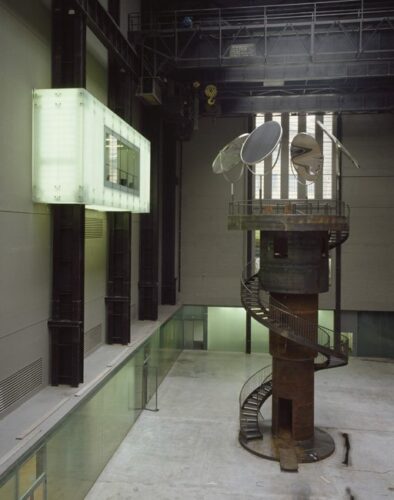Tate Modern
Right next to Shakespeare’s Theater, the Tate Modern. The enormous building is located at the end of the Millennium bridge. Its 325 ft high (99 meters) chimney stands tall as a landmark counterpoint to the cathedral’s dome on the other side of the bridge. This building was once the Bankside Power Station constructed in two phases between 1947 and 1963.
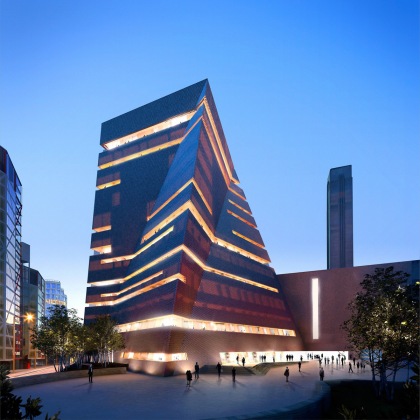
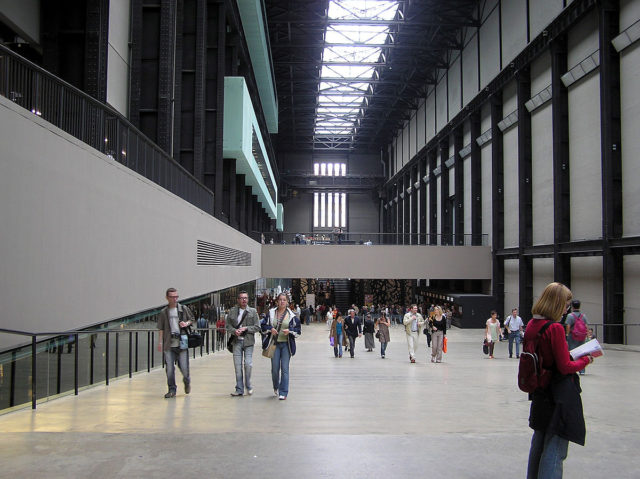
The power station closed in 1981 & the building remained disused until 1995 an architectural proposal that envisioned its transformation into an industrial-style space of art was selected by the Tate Gallery to house its ever-expanding collection of modern and contemporary art.
Since it opened in May 2000, more than 40 million people have visited Tate Modern, making it the most-visited modern art gallery in the world & one of the UK’s top three tourist attractions. The museum generates an estimated £100 million in economic benefits to London annually.
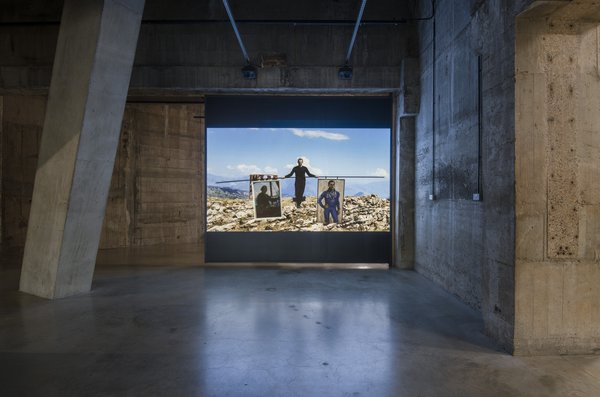
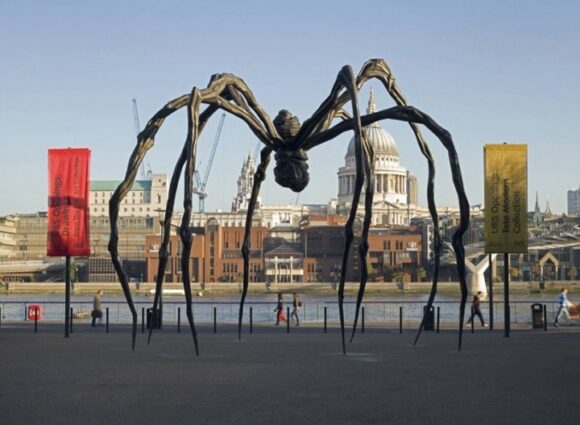
Displaying a comprehensive collection of modern international art since 1900, its treasures include one of the finest museum collections of Surrealism, with works by Dalí, Magritte, and Miró. Early modernist movements are represented by Picasso, Mondrian, and Matisse. There is Pop Art by Warhol and Lichtenstein and Abstract Expressionist works by Pollock and Rothko. Minimalism and Conceptual art are also well represented, with iconic works by Carl Andre, Donald Judd, and Joseph Beuys.
The recent acquisition of the Artist Rooms collection (shared with the National Galleries of Scotland) has dramatically enriched the holdings of contemporary art. In 2009 Tate embarked on a major project to make use of the power station’s spectacular redundant oil tanks, increasing, even more, the gallery space and providing much-improved visitor facilities. More: https://www.tate.org.uk/

